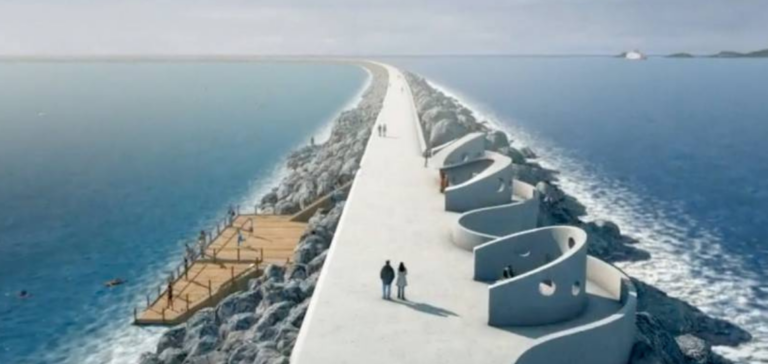In a world seeking sustainable energy solutions, HydroWing stands out for its innovative approach to tidal energy. Recently, the company took a giant step forward by being awarded a contract for a 10MW tidal power project in the UK. This project, unprecedented in its size, was selected in the UK government’s latest round of Contracts for Difference.
The 10MW Tidal Power Project: A New Chapter
Located on a site managed by the social enterprise Menter Môn, this is the largest tidal energy project granted in the region. It represents a major step forward in the race towards the commercial exploitation of tidal energy, a renewable energy source that is still under-exploited.
Cutting-edge technology: The HydroWing Revolution
Richard Parkinson, Managing Director of Inyanga Marine Energy, HydroWing’s parent company, emphasizes the importance of this project:
“This project marks a crucial step in our goal to become the world’s largest supplier of tidal energy installations.”
Intensive work on this project is already underway, including establishing collaborations with local players and supply chain companies, as well as setting up a presence on the project site.
Collaboration and Research: The Foundations of Success
A comprehensive research project, carried out in partnership with Bangor University, has assessed the speed of local tidal currents, providing promising data for the yields expected at this site. These positive results pave the way for high expectations of the project’s efficiency and profitability.
HydroWing’s major innovation lies in its next-generation technology, designed to meet the challenges of high operating and maintenance costs in the tidal energy sector. This technology aims to offer a cost-effective and easily scalable solution. The HydroWing system consists of a support structure resting on the seabed, on which “wings” holding the turbines are mounted. These turbines, oriented in both directions, enable electricity to be generated both when the tide is rising and when it is falling, thus increasing energy efficiency.
HydroWing represents a turning point in the tidal energy sector, not only in terms of capacity but also in terms of technological innovation. Their project at Morlais is a milestone on the road to commercializing tidal energy, and another step towards a sustainable, environmentally-friendly energy future.






















